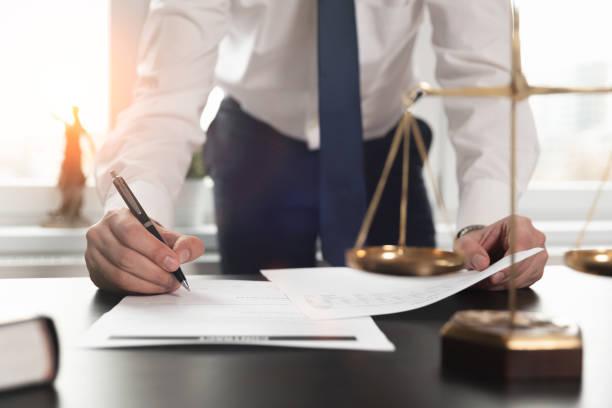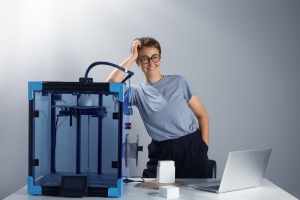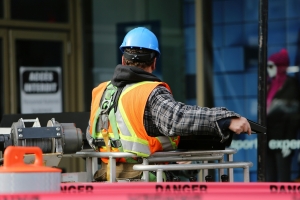When people think of museums, they imagine quiet halls, beautiful artwork, and a safe space to learn and explore. What many visitors do not realize is that accidents can still happen in these environments.
From slippery floors to poorly maintained exhibits, safety risks are real. That is why knowing your rights matters. If you ever need to seek help after being injured, it is important to understand how the law protects visitors and what steps you can take.
Common Safety Risks in Museums
Museums may feel safe, but hazards can appear in unexpected ways. Some of the most common risks include:
- Slips and falls from spilled drinks, wet entryways on rainy days, or freshly cleaned floors can easily lead to falls.
- Poor lighting due to dim lighting designed to protect artwork can sometimes hide tripping hazards or uneven flooring.
- Unstable exhibits, where the display or sculpture is not properly secured, can tip over and injure someone.
- Crowded walkways, especially during special events, can make it difficult to move safely.
- Neglected maintenance, like broken stairs, uneven flooring, or faulty elevators, can all pose dangers.
These risks remind us that even places designed for culture and enjoyment carry responsibilities for safety.
How Injuries Affect Visitors
The impact of museum accidents goes beyond physical pain, as visitors may face:
- Physical injuries like sprains, fractures, or even head injuries.
- Emotional distress, including anxiety about visiting public spaces again.
- Financial burdens, from medical bills to missed workdays.
Understanding these consequences helps explain why legal protections are so important.
The Legal Duty of Care
In Missouri, as in most states, property owners have a “duty of care” to maintain safe premises for visitors. Museums fall under this rule. This means they are legally required to:
- Inspect the premises regularly to identify hazards.
- Fix unsafe conditions promptly, such as repairing broken flooring or securing exhibits.
- Warn visitors about risks they cannot fix immediately, for example, by placing a “Wet Floor” sign after mopping.
If a museum fails to uphold this duty and a visitor gets hurt, it may be considered negligence, opening the door for a personal injury claim.
How the Law Protects Injured Museum Visitors
When negligence causes harm, the law provides ways for injured visitors to recover damages for:
- Medical expenses – Compensation for hospital visits, physical therapy, and other treatments.
- Lost wages – If injuries prevent you from working, you may be entitled to recover lost income.
- Pain and suffering – The emotional and physical distress caused by the injury may also be compensated.
- Future damages – In severe cases, long-term care or reduced earning ability may be included in a claim.
The law essentially works as a safety net, making sure victims are not left to bear the consequences of an accident caused by negligence.
What to Do If You Are Injured in a Museum
- Report the incident to museum staff immediately.
- Document everything by taking photos of the hazard, your injuries, and the surrounding area.
- Get medical attention even if injuries seem minor; symptoms sometimes appear later.
- Consult a lawyer to understand your options for pursuing compensation.
By following these steps, you strengthen your position if you decide to file a claim.
Conclusion
- Museums should be safe places for everyone, but accidents can and do happen.
- From slip and falls to unsafe exhibits, these risks highlight why property owners must take responsibility for visitor safety.
- More importantly, if you experience harm, the law offers protection and support to help you recover.
- Always remember that you do not have to face the aftermath alone because legal guidance ensures your rights are protected every step of the way.






